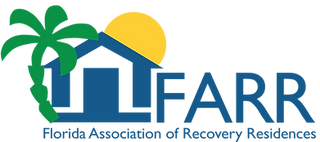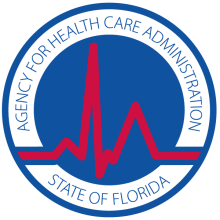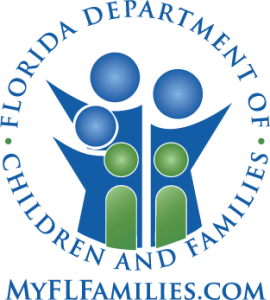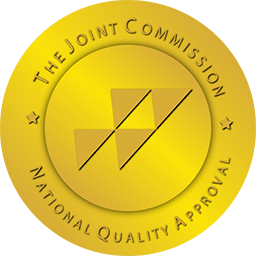These days, all we hear about are the pills.
We turn on the news and another person is overdosing on opioids. We flip the channel and learn about a new lawsuit against a drug maker. Next thing we see is news of a doctor being arrested for running a pill mill from his family office.
Pills seem to be all that America is talking about in regards to the addiction issues so we wanted to set the facts straight.
We are all told that drug companies are to blame for the opioid epidemic in the U.S., right? Purdue Pharma has had to come to terms with their unethical marketing decisions and many more companies have been put under intense scrutiny, but one question we have to ask is, ‘Is addiction really their fault?’
Yes they mislead the general public about the safety of their pills and they used shady marketing tactics to get doctors on board with their medications, but can we really place blame on them for being the cause of escalating addiction in America?
No we can’t and here’s why…
The Truth Behind the Blame
People assume that by doctors over-prescribing these strong pills, people were becoming addicted to them. They thought that once these individuals took these pills, they were so addictive and powerful that it led to thousands of people suffering from opioid addictions.
It didn’t help that the news and media services were focusing on stories of unsuspecting people developing addictions based on their pain meds, but in fact, these stories represented a minority of addicted people.
In reality, 75% of the people who become addicted to these pills never actually got them from their doctor. That is an overwhelming majority, yet all we hear about is that the doctors were causing people to become addicted.
What does this mean? It means that a strong majority of the people developing addictions are getting the pills from a relative or an acquaintance. Because of this, it seems harsh and unfair to blame the entire opioid crisis on these drug companies, though they still do play a role and cannot be considered completely innocent.
While it was good to shed some light on the situation, it seems like news broadcasts were putting a little too much emphasis on the doctors and less on the broader issues at hand.
What About Heroin?
Another argument people tend to make is that once someone is given a prescription for opioids, they are very likely to move onto heroin. News and media outlets convince us that once someone is put onto opioids, they will quickly switch to heroin and then ultimately, overdose.
Once again, the reality tells a different story. Only 3.6% of people who misuse opioids move on to try heroin. Though it is true that most people who do use heroin have also dabbled with prescription drugs as well.
The belief that the opioids were the original cause of Heroin addiction is doing a lot more harm than good. Since doctors have received so much backlash from over-prescribing opioids, they have significantly cut back on opioid prescriptions. There is a lot more scrutiny going into these doctors and pill mills are harder and harder to operate.
While the lack of pill mills is a good thing, because of the decrease in product on the marketplace, opioid prices have skyrocketed making heroin a much cheaper alternative. It seems that in an attempt for a solution to the opioid crisis, people struggling with addiction are in a way, being forced to turn to heroin which is a much more dangerous substance.
Heroin is much easier for an individual struggling with opioid addiction to get ahold of than pills, but it has similar effects. If you suspect a loved one of having an addiction to pain pills of any kind, be sure to look for signs that they might have switched to heroin. Pills can be taken in pretty exact doses and are more easily managed than heroin.
Warnings For Your Loved Ones
Before we scare you too much, know that it is not very typical to overdose on heroin. It’s when heroin is mixed with other components (like fentanyl) that the threat of overdosing increases. If you suspect that a loved one is using heroin, be sure to warn them of mixing and always carry Narcan if you can in case they do overdose.
The main point here is that medically prescribed pain pills are not necessarily the problem. The problem is that other people obtain these pills and become addicted. Younger people are most susceptible to addiction, thus most care must be taken around teens and young adults who might find them in the medicine cabinet.
If you do have prescription pain pills, be careful about where you keep them and be aware of who else could be getting a hold of them. If you don’t need them, it’s best to take them to a local pharmacy to be discarded.
Yes, more responsible prescription writing is necessary, but people who struggle with addictive tendencies are going to seek a chemical solution, no matter what the chemical is.
Finding a Solution
So why does all of this matter? Knowing the facts behind opioid addiction gives us a better ability to come up with a solution. If we place blame for pill addictions on doctor prescriptions and manufacturers, it just means that the preventative measure we take against this will likely not have much of an effect.
By having the wrong idea about how addictions start, we are going to struggle more and more on finding a solution. It is much easier to look on the surface and point fingers at individual companies than it is to dig deeper to the root of the problem.
But if we want anything to change, we HAVE to stop playing the blame game and start helping each other find real solutions.
As always, if you or a loved one is struggling with addiction, please reach out for help. Transitions Recovery has been providing addiction treatment services for over 30 years and we actually get to the root problems. When life or death is at stake, you need to know where you can turn to for help.

















